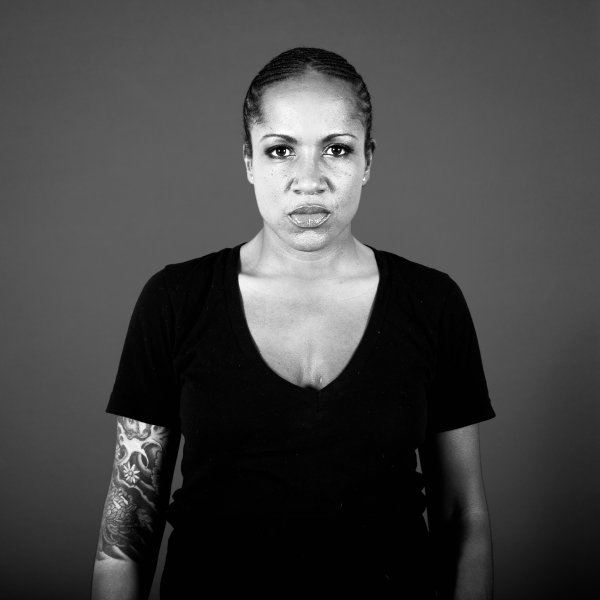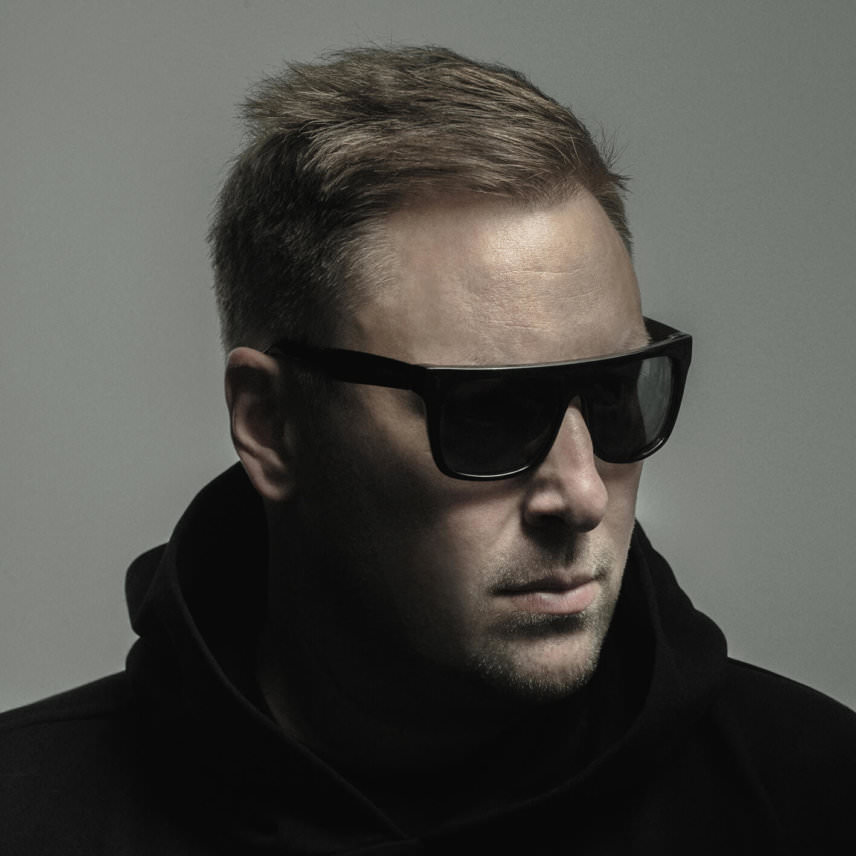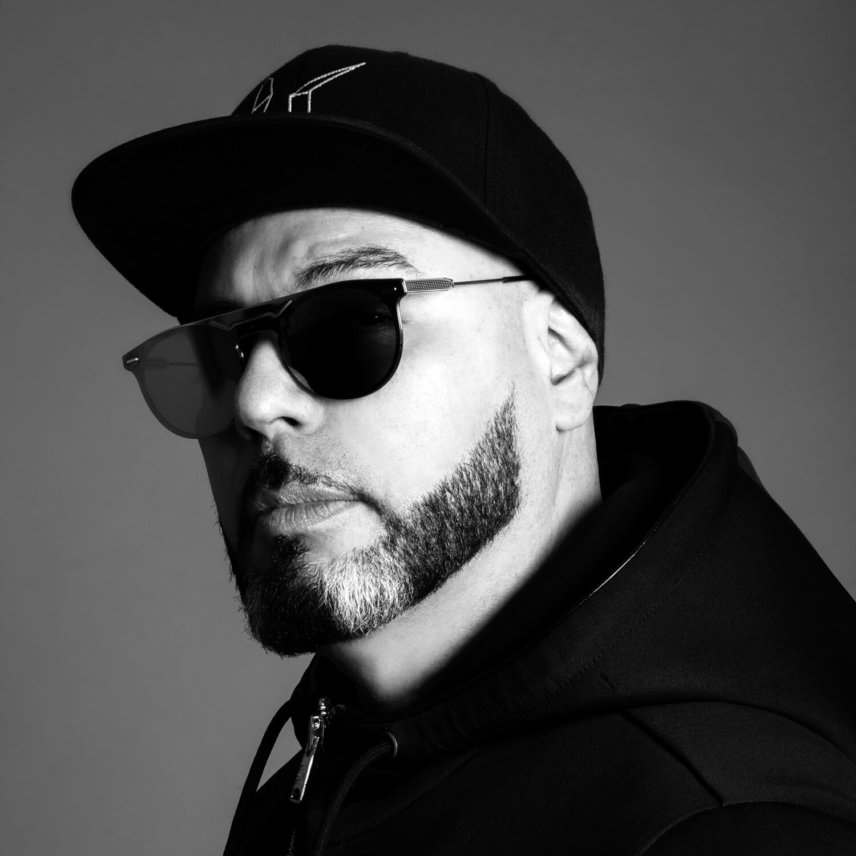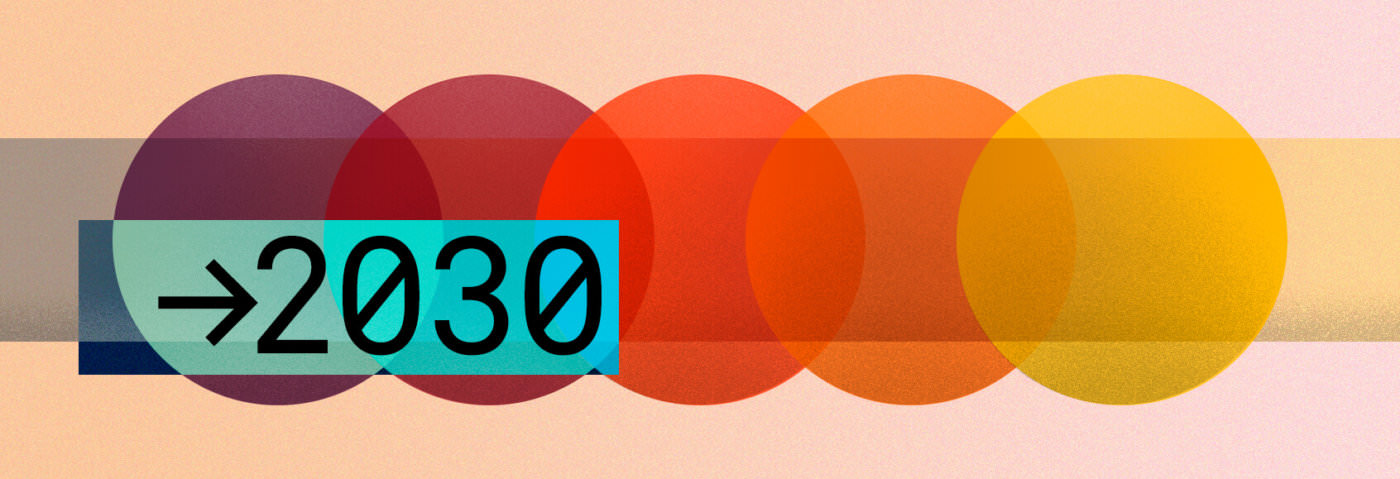Around the turn of the year, it seemed everyone in dance music was looking back at the last ten years – but what about the next ten? We spoke to some working DJs about what the next decade might have in store for DJs and DJ culture.
Strap in, the future is arriving faster than we ever imagined. The last decade saw the final death of the mix CD, and indeed of the CD, with the Pioneer CDJ2000 arriving in 2009 and allowing USB rather than CD DJing. Rekordbox followed soon after and the DJ industry appears to be about to move to streaming. These and other technical developments have simultaneously smashed down the barriers to accessibility allowing ‘anyone to DJ’ while also creating opportunities for far greater DJ creativity.
We’ve also seen the rise of algorithms suggesting what we might want to listen to and there are now Artificial Intelligences (A.I.s) that can happily compose music that is difficult to discern from ‘actual’ human crafted music. Machine learning is developing rapidly and the mechanics by which emotional responses are triggered by music are beginning to be decoded and mapped by researchers.
No doubt, the next decade is going to see technologies continue to evolve and interact with each other, coalescing and mutating, producing all sorts of unexpected results. For DJ culture, some of the biggest technological issues are A.I.s and machine learning, data harvesting, DJ streaming/cloud DJing, Music Recognition Technology (MIR) and the possible as yet unimagined synergies between them.
And it’s not just specifically music technology that will affect DJs; Instagram was born in 2010 and we’ve seen it rise from a neat little photo site with a bunch of retro filters to become perhaps the most important online marketing tool for electronic music, or a divisive, narcissistic mirror that reflects our worst impulses and desires right back at us, depending on your point of view.
No doubt predictions are tricky at the best of times, but we can certainly ask some DJs who are out there in the booth every weekend, what they think might be on the horizon.
Generation Next
How music is consumed by different generations and the larger implications this may have was a popular topic with the DJs we spoke to. Brooklyn-born Chicago DJ Heather is philosophical about what lies ahead:
As for changes they have been subtle but inevitable, the next ten years will be more of the same, straddling the world of the analogue and digital. Reflecting a desire of the deejay, producer, club-goer, raver to connect on a tactile level while being able to maintain the convenience of having world access in the palm of their hand. We are living in the future past present. With the advent of technology, the decades feel shorter and what we are influenced by becomes more immediate. We are living in the peak of a hybrid culture. Dance music will and does offer escape but more often we find ourselves discussing more than just music. Political allegiances and perspectives have made their way to the main room, reflecting the world we live in.

DJ, musician and multi-media artist Sophia Saze is feeling positive about the future of DJing:
There are always new things happening and changes are necessary in any field. Naturally, the ever-evolving rise of technology will alter the current climate. I like to look at things in a positive light, I’m confident that contemporary tools created will foster innovation and fresh techniques.I think the biggest issue is older generations resisting change, instead of working with young artists to streamline innovation. It’s true younger generations consume music differently and club culture demographically speaking isn’t going to be the same, we’re less patient than before, but the answer’s in deriving new ways of adapting to these changes. Honestly, as long as it’s propelling forward it’s all super exciting.

No doubt the way we consume music and indeed the way it’s made and distributed will continue to evolve and practices and ways of doing things that seem bizarre or inauthentic to the previous generation are simply accepted by those who grow up with it. The generation gap and how it will be navigated in the coming decade was also mentioned by DJ, producer and remixer Roger Sanchez:
Understanding how the next generation consumes and experiences music will be key. Traditional clubbing will change, however, I also see a counter-culture return to more selective, in-the-know communities creating the new “underground’ movements by restricting access to events to a select few and developing their own “stars” that could break out. Branded events will continue to be the main clubbing draws (Glitterbox, Elrow, etc.).
We’ll probably be criticising young people on how they consume music and their taste for entertainment in general, but didn’t our parents and grandparents do the same when we got hooked on DJs instead of bands…
Slovenian techno DJ and producer UMEK also wondered about developments in the consumption of music and the generation gap too:
DJs are kind of glorified jukeboxes and thus so easily replaceable, maybe not completely, but surely replaceable enough. Also, the ways music is consumed will evolve further, probably in a way we can’t even imagine now. We’ll probably be criticising young people on how they consume music and their taste for entertainment in general, but didn’t our parents and grandparents do the same when we got hooked on DJs instead of bands… I can’t truly imagine how music and entertainment will look like in 2050, but I’m pretty sure machines will do lots of things that DJs, sound engineers, mastering engineers, and music technicians are doing now.

A.I. and machine learning in music is already happening; there are A.I.s and algorithms that can compose, produce and master a piece of music and their owners receive royalties for this machine-created music. As every part of DJing become digital, then perhaps every aspect of DJing can be data harvested, from tune selection, pitch adjustments and loop points to how long a transition lasts, what EQ tweaks, filter and effects were used, for how long and in what way. If an A.I. were to listen long enough it could work out a DJ’s mixing style, perhaps leading to DJ ‘mix templates’ that can mix your music collection together in the style of your favourite DJ. UMEK thinks this is only the beginning:
I believe sooner or later artificial intelligence or machine learning will take over our work, at least to some extent. I don’t see this happening in major clubs, big arenas and festivals, but I think a niche market for this kind of entertainment will appear and A.I. will certainly take over a part of the scene. All this will also depend on the prices of A.I. solutions and holograms, but at some point, all this will be affordable enough so that artists and the whole industry will find interest in doing that kind of shows to generate additional income and also to do something new and different for those who are looking for new experiences. I can totally imagine DJ gigs, based on DJs’ branded algorithms and performed by their holograms instead of them doing the gigs in person. The experience for partygoers would be more or less the same, but the artist won’t have to be present. All our music production is online, our DJ sets are online, our visual appearance is online in form of countless photos and videos, we share everything that we do online, you can see how we move online… Machines could learn a lot from all that and impersonate us. I could see it happening in the next ten or fifteen years, or even sooner. For me, that’s quite a realistic scenario.
Head In The Clouds
Cloud DJing is certainly an issue that will affect the next ten years in DJing and a subject likely to divide DJ opinion, just like every other format before. Roger Sanchez:
I think USB technology will likely give way to cloud-based, instant access digital libraries for a lot of DJs. A cloud-based music library access and streaming will be more popular for mainstream DJs, the underground ones will look to older formats to keep their music more exclusive. More production capable/DJ player hybrids will be available like the [Pioneer DJ sampler] DJS1000 for those who want to remix on the fly and be more creative with their sets.

Fabric resident DJ Anna Wall on cloud DJing:
The idea of ‘cloud’ DJing and streaming sets doesn’t appeal to me; an integral part of what I do is buying vinyl, frequenting record stores, or purchasing music from independent labels and artists directly via Bandcamp for example, supporting our community – and I don’t see how this side of the scene can die anytime soon. I’m positive there’s enough of us to keep it alive and thriving. I really hope that we can bring things back to the art of DJing itself; regardless of what advanced technology is being developed. It’s not a bad thing that it’s becoming more accessible, but there needs to times when we can hold off on the streaming, smartphones, data driving and analytics for a moment so we can just enjoy the music, the booth and the dance floor how they were fundamentally intended.

Changing Times
Developments in technology and the internet directly influenced the nature of the club experience. The CDJ 2000s and USB DJing, Rekordbox and Traktor Kontrol all changed DJing in different ways, enabling more people to DJ and making it easier to mix between disparate music. Now music recognition technology is set to increase artists and producers performance rights payments and this might have as yet unforeseen effects on how DJ play their sets.
Then there’s the world of social media; take Elrow for example who now provide dedicated spaces and sites at their events for people to take their photo for Insta, and we can perhaps expect continued interaction between the DJ and club experience, smart devices and social media. Roger Sanchez:
We will be able to “join” an event via our phones & computers and interaction will connect via social media. Alternatively, there will be more “Speakeasy” events that only a select few will be able to access (i.e. Berghain). Also, I see social media-based marketing continuing to expand and online fan-based communities and event promotion dominating the scene.
UMEK’s got a couple of ideas on the subject too:
It’s only a matter of time when going to a party will mean just putting on Virtual Reality (V.R.) goggles and headphones at home and you’ll be at the event with people from all over the world, chatting in real-time with someone who could be present in their natural looks, retouched, as a cartoon, avatar… the possibilities are endless. For now, V.R. still feels a bit cartoonish, but visual depth is good, the sound on the headphones can be excellent… I predict all this will be possible in just a couple of years.
The Future Has Just Begun
Dance music has often had a confused attitude to new technology; on the one hand we’re at the cutting edge, we’re kick-drum radicals, free-thinkers and tech-bohemians, putting on our futuristic raves, making robot-sex music with the newest tech, pushing at the boundaries, always one step ahead.
But then again there are huge strains of nostalgia running through many aspects of dance music; see the constant fetishisation of XOX Roland sounds and continued re-hashing of older musical tropes for example, not to mention the rigid gatekeeping around what DJing ‘is’ or what format should be used.
Generation X and Millennials are now both rushing towards being outdated by the music and DJing of whatever-we’re-going-to-call-the-next-generation. The pioneers of the very early days of DJing are now elderly, the first wave of club DJs are in their late middle-age, and a generation who were not yet born in 2010 will begin their clubbing and DJing.
Harold Heath is a journalist based in the UK. Follow him on Twitter.

